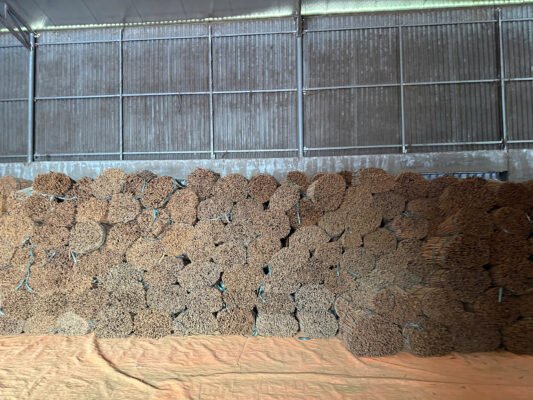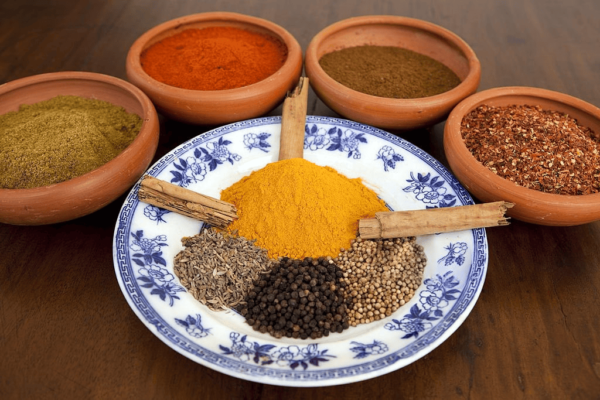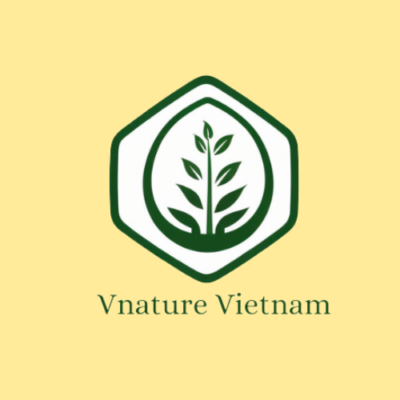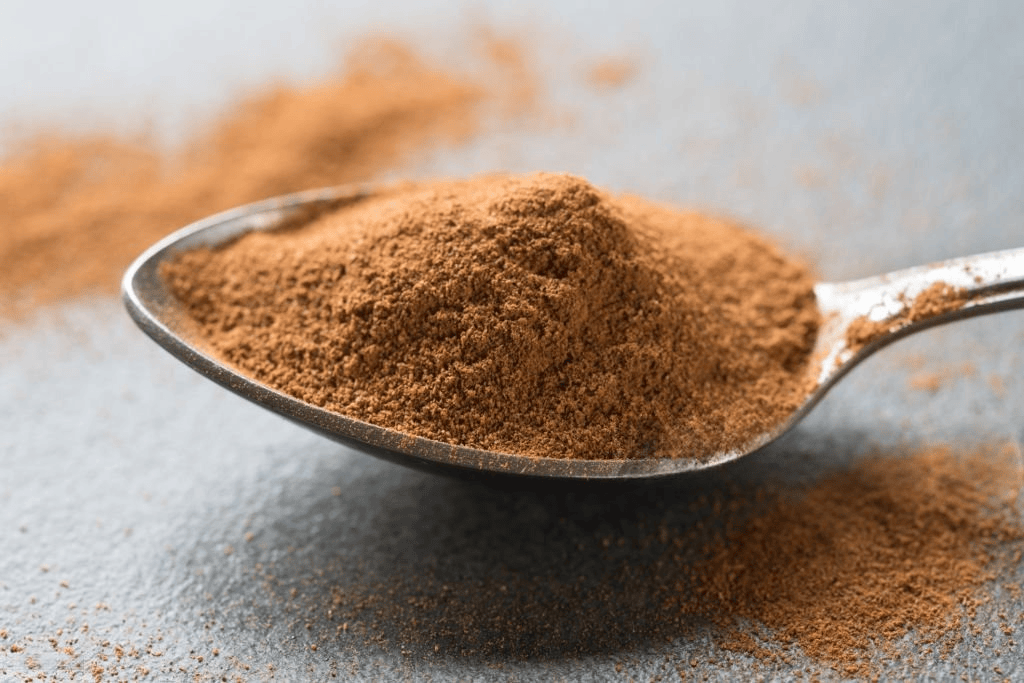Scaling Your Reach with Vietnamese Spice Exporters
Contents
- Scaling Your Reach with Vietnamese Spice Exporters
- 1. Unlock Global Markets with Vietnamese Spice Exporters
- 2. Vietnam’s Global Spice Footprint
- 3. Key Export Commodities and Performance
- 4. Expanding Global Reach: Top Destination Markets
- 5. Certifications That Set Vietnamese Exporters Apart
- 6. Advanced Logistics & Supply Chain Strength
- 7. Customization and Innovation
- 8. Future Outlook: A Rising Star in Global Trade
- 9. Conclusion
Scaling Your Reach with Vietnamese Spice Exporters
1. Unlock Global Markets with Vietnamese Spice Exporters
In a world where consumer tastes are rapidly evolving, the global demand for authentic, high-quality spices has never been greater. Vietnamese spice exporters are rising to the occasion, transforming Vietnam into a strategic hub for global spice sourcing. As of 2023, Vietnam ranked among the top three spice exporters worldwide, generating nearly US $3 billion in revenue. This booming industry spans a wide range of premium products—cassia, black pepper, star anise, turmeric, ginger, and other spice seeds—all produced to meet international quality and safety standards.
For companies aiming to scale their presence in the food, beverage, pharmaceutical, and cosmetics sectors, working with reliable Vietnamese spice exporters offers not only quality and consistency but also a competitive edge.

2. Vietnam’s Global Spice Footprint
Vietnam‘s journey as a leading spice exporter is backed by decades of agricultural development, trade agreements, and investment in processing technology. In 2023, Vietnam’s spice export volume neared 500,000 tonnes, with cassia and pepper accounting for the majority. By 2025, these numbers are projected to continue climbing, driven by increasing global appetite for natural, organic, and ethically sourced ingredients.
Unlike many emerging suppliers, Vietnamese spice exporters are not just focused on quantity—they excel in delivering certified, traceable, and sustainably harvested products, making them top-tier partners for international buyers.
3. Key Export Commodities and Performance
Let’s explore the backbone of Vietnam’s spice export industry:
-
Cassia (Vietnamese Cinnamon): Over 89,000 tonnes exported in 2023, valued at nearly US $290 million. Highly sought after for its high oil content, strong aroma, and applications in food, tea, medicine, and cosmetics.
-
Black Pepper: Vietnam remains the world’s largest producer and exporter. In 2023, shipments totaled nearly 50,000 tonnes, generating US $300+ million. Vietnamese black pepper is favored for its sharp heat, pungent flavor, and wide culinary use.
-
Star Anise: Export volume reached 14,000 tonnes, valued at US $63 million. With its distinct licorice flavor, this spice is widely used in traditional medicine and gourmet cuisines.
-
Spice Seeds (Fennel, Coriander, Anise): Exports earned over US $83 million, with growing demand in India, the U.S., and the U.K.
-
Turmeric and Ginger: Demand for dried turmeric powder and ginger roots is soaring in health and wellness markets, particularly in South Korea, Japan, and Europe.
These figures reflect the reliability, diversity, and scalability of working with Vietnamese spice exporters who are capable of fulfilling both bulk and customized orders.

4. Expanding Global Reach: Top Destination Markets
Vietnamese spices are now exported to more than 125 countries. Leading buyers include:
-
India: The largest importer of cassia and spice seeds from Vietnam. Strong demand in food manufacturing and traditional medicine sectors.
-
United States: Prefers Vietnamese black pepper and cinnamon sticks, with demand driven by retail seasoning brands and restaurants.
-
European Union: Imports significant volumes of cassia, turmeric, and ginger for organic health food products and ready-to-eat meals.
-
East Asia (Japan, South Korea, Thailand): Premium spices are in high demand for health-conscious consumers and gourmet applications.
Aligning your sourcing strategy with Vietnamese spice exporters enables direct access to these key international markets.
5. Certifications That Set Vietnamese Exporters Apart
What distinguishes top Vietnamese spice exporters from the competition? Rigorous compliance with international standards:
-
Organic Certifications: USDA Organic, EU Organic, and JAS (Japan) enable access to the most regulated and lucrative markets.
-
Food Safety Systems: Certifications such as BRC, ISO 22000, and HACCP ensure hygienic production and processing conditions.
-
Sustainability & Fair Trade: Vietnamese suppliers increasingly obtain Fair Trade, Rainforest Alliance, and Global GAP certifications to meet consumer expectations for ethical sourcing and traceability.
These certifications give buyers peace of mind and help position products for success on retail shelves and online marketplaces.

6. Advanced Logistics & Supply Chain Strength
Vietnamese spice exporters are known for their streamlined export operations:
-
Packaging Excellence: Vacuum-sealed, eco-friendly packaging that preserves aroma, flavor, and shelf life.
-
Freight Partnerships: Collaborations with global carriers like Maersk, DHL, and FedEx ensure seamless shipping via air and sea.
-
Documentation Support: From Certificates of Origin to Phytosanitary Reports and Bills of Lading, exporters ensure smooth customs clearance.
-
Digital Tracking: Many suppliers now offer end-to-end tracking for greater transparency, enabling buyers to monitor shipments in real time.
These supply chain capabilities help minimize delays and ensure consistent delivery schedules, even for large-volume contracts.
7. Customization and Innovation
Beyond supplying raw spices, many Vietnamese spice exporters provide value-added services:
-
Private Labeling: Ideal for food brands, retailers, and e-commerce platforms wanting to launch their own spice lines.
-
Custom Blending: Tailored spice blends for regional cuisines or industry-specific applications (e.g., Ayurvedic mixes, BBQ rubs, baking blends).
-
New Product Development: Exporters often co-develop innovative products with clients, including spice oils, spice teas, and encapsulated powders.
These offerings help brands expand product lines while maintaining control over quality and flavor.
8. Future Outlook: A Rising Star in Global Trade
As the world’s taste for natural and health-oriented food continues to evolve, the role of Vietnamese spice exporters is set to become even more vital. Government investment in agro-processing zones, green farming initiatives, and trade policy liberalization further bolster Vietnam’s export capabilities.
Whether you’re an importer, distributor, or brand owner, sourcing from Vietnamese spice exporters means gaining access to a world-class supply chain, customizable services, and premium-quality spices at competitive prices.

9. Conclusion
Vietnamese spice exporters are transforming global supply chains with unmatched expertise, sustainability credentials, and an exceptional range of products. From cassia and pepper to star anise and spice seeds, Vietnam offers a unique blend of tradition and innovation. By partnering with reliable exporters, businesses can tap into new markets, expand product portfolios, and meet rising consumer demand for authenticity and quality.
If you’re seeking a trusted, forward-thinking partner to elevate your spice sourcing strategy, it’s time to connect with leading Vietnamese spice exporters—where quality meets global reach.





